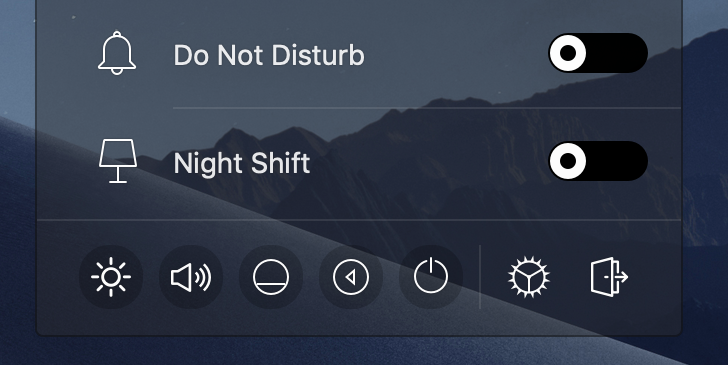
This will create an additional configuration file automatically and you can define (or overwrite) further service parameters like e.g. Just use: systemctl edit -user edit rvice The solution is to add this variables to the service file instead. Systemd isolates each service and it cannot access global environment variables. If you are asked on the bugtracker to start syncthing with specific environment variables it will not work the easy way. You can easily acces syncthing log messages ( -e lets the pager jump to the very end): journalctl -e -u -e -user-unit=rvice Systemd logs everything into the journal. To check if syncthing runs properly you can use the status subcommand: systemctl status -user status rvice To do this without root privileges you can use ~/.config/systemd/user/.

Command: /path/to/syncthing/binary -no-browser -home="/home/your_user/.config/syncthing"Īdd following to your /etc/nf.Click the dashboard (hit 'Win' button).Then, to access the GUI type 127.0.0.1:8384 (by default) into Safari. Note: You probably want to turn off "Start Browser" in the web GUI settings to avoid it opening a browser window on each login. Launchctl load ~/Library/LaunchAgents/ist Or, if you do not want to log out, you can run this command in terminal:
Systemx macos system monitor github password#
Copying to ~/Library/LaunchAgents will require admin password in most cases. If you have trouble finding this location select the "Go" menu in Finder and choose "Go to folder." and then type ~/Library/LaunchAgents. Copy the ist file to ~/Library/LaunchAgents.Edit the ist (located in /etc/macosx-launchd) in the two places that refer to your home directory that is, replace /Users/jb with your actual home directory location.Copy the syncthing binary (the file you would open to launch syncthing) in a directory called bin in your home directory.At the moment this is done using this command: launchctl load ~/Library/LaunchAgents/. Follow the info to autostart syncthing using launchctl.name : Test Port Channel - aggregation-group cnos_portchannel : host : " _output. These are written in the main.yml file of the tasks directory.

Tasks : The following are examples of using the module cnos_portchannel.


 0 kommentar(er)
0 kommentar(er)
